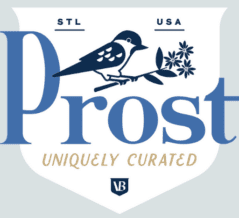How to drink champagne and sparkling wines

A taste of the bubbly
Champagnes and sparkling wines are hallmarks of celebrations – the festive bubbles signify something special. Here are tips from sommeliers on the best way to drink the bubbly.
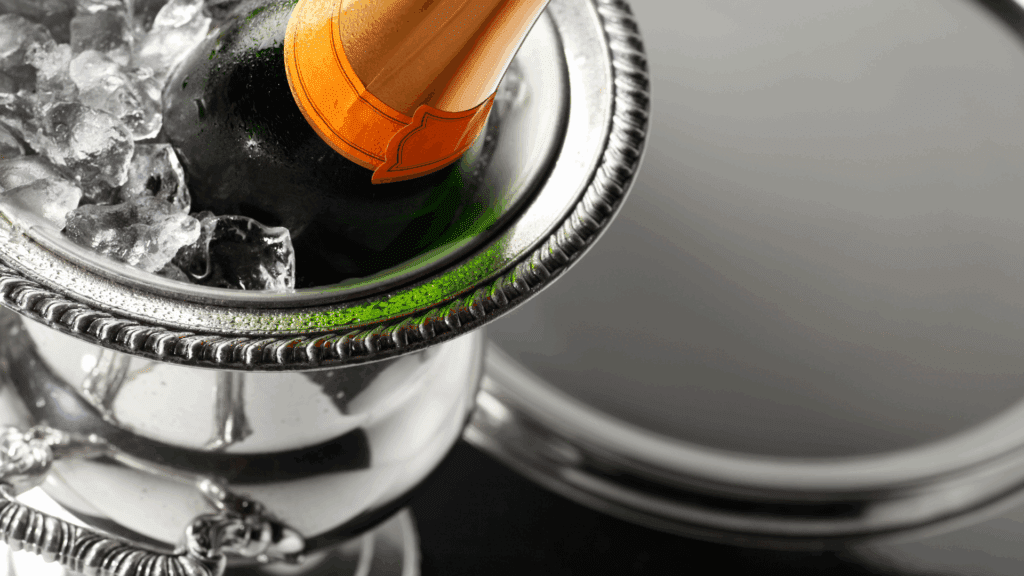
- The best temperature for champagne is between 45-55 degrees. Open it cold and let it sit on the table for optimum taste. When it warms up naturally to cellar temperature, all the nuances come out. Store your bottle in a cool, dark place and refrigerate the night before drinking. Note: storing sparkling wines in the fridge for too long can alter the taste.
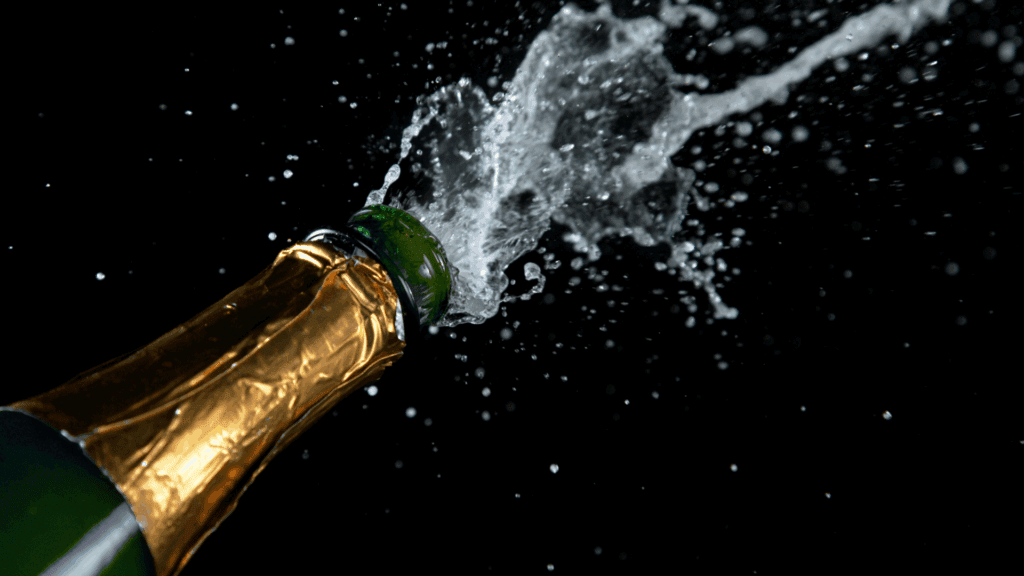
- When it comes to popping the cork, a sommelier will always put his/her thumb on the top and not remove it until the cork is off. Position the bottle at 45 degrees (taking care to not point directly at anyone, of course), and place a cloth napkin between your thumb and the cork. Gently twist the bottle, which gives you a lot more control. Of course, that popping sound is cool, so it’s your choice!
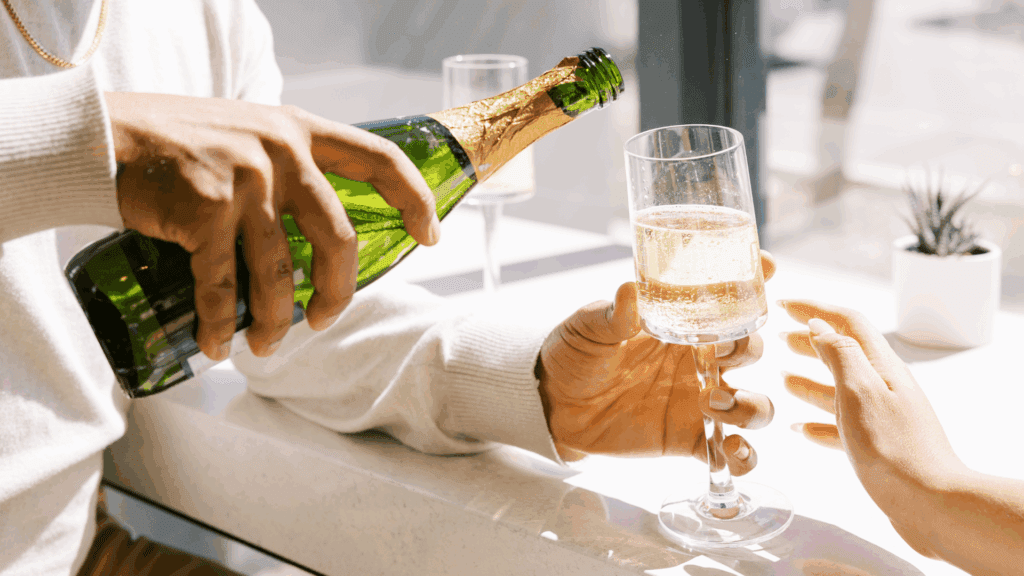
- To tilt or not to tilt? Bartenders typically tilt the glass 45 degrees, just as you would when pouring a beer. The bubbles hit a larger surface area of the glass, which reduces the amount of foam, allowing you to pour it faster. But the correct way is to pour into a glass that’s set on the table. It’s a preference on taste! Tilting the glass and pouring at 45 degree angle allows the carbonation to stay in the liquid. Creating a more popping sensation in your mouth. Pouring straight down the center of the glass allows the carbonation to release creating a fuller aroma of the wine. Don’t repeatedly halt your pour – just pour it slowly.
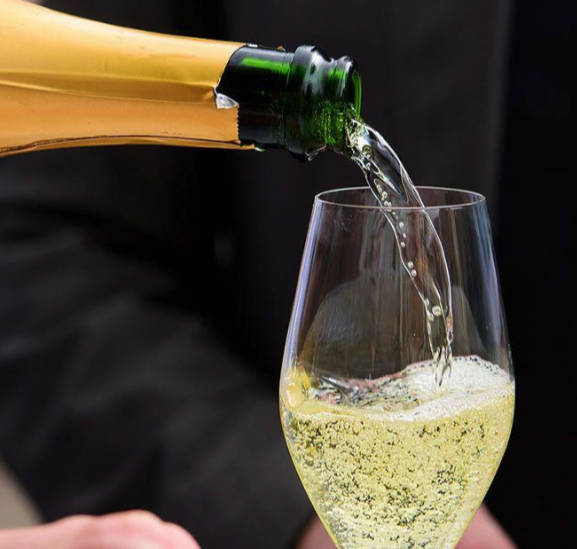
- Fill the glass only half full so it stays cold. If you drink your champagne slowly (as one does, because it’s champagne), the liquid at the bottom will be warmer than the just-cold liquid at the top, meaning you’re not getting a consistent drinking experience. It’s better to refill more frequently. ☺

- Don’t drink champagne out of champagne flutes. Most winemakers and experts agree that flutes restrict the flavor of champagne. The narrower top of a flute represses the aroma, which limits the taste experience. Flutes may emphasize the effervescence of a sparkling wine, but they also increase the perception of acidity. A larger glass improves the tasting experience – and you think about the bubbly as a wine, not simply a toast.
Interested in Tasting Swiss Wines?
Are you ready to discover hand-crafted wines with us? Prost Membership gives you access to purchase rarely exported, biodynamic wines at an affordable price. Learn more about our membership by contacting us today.
